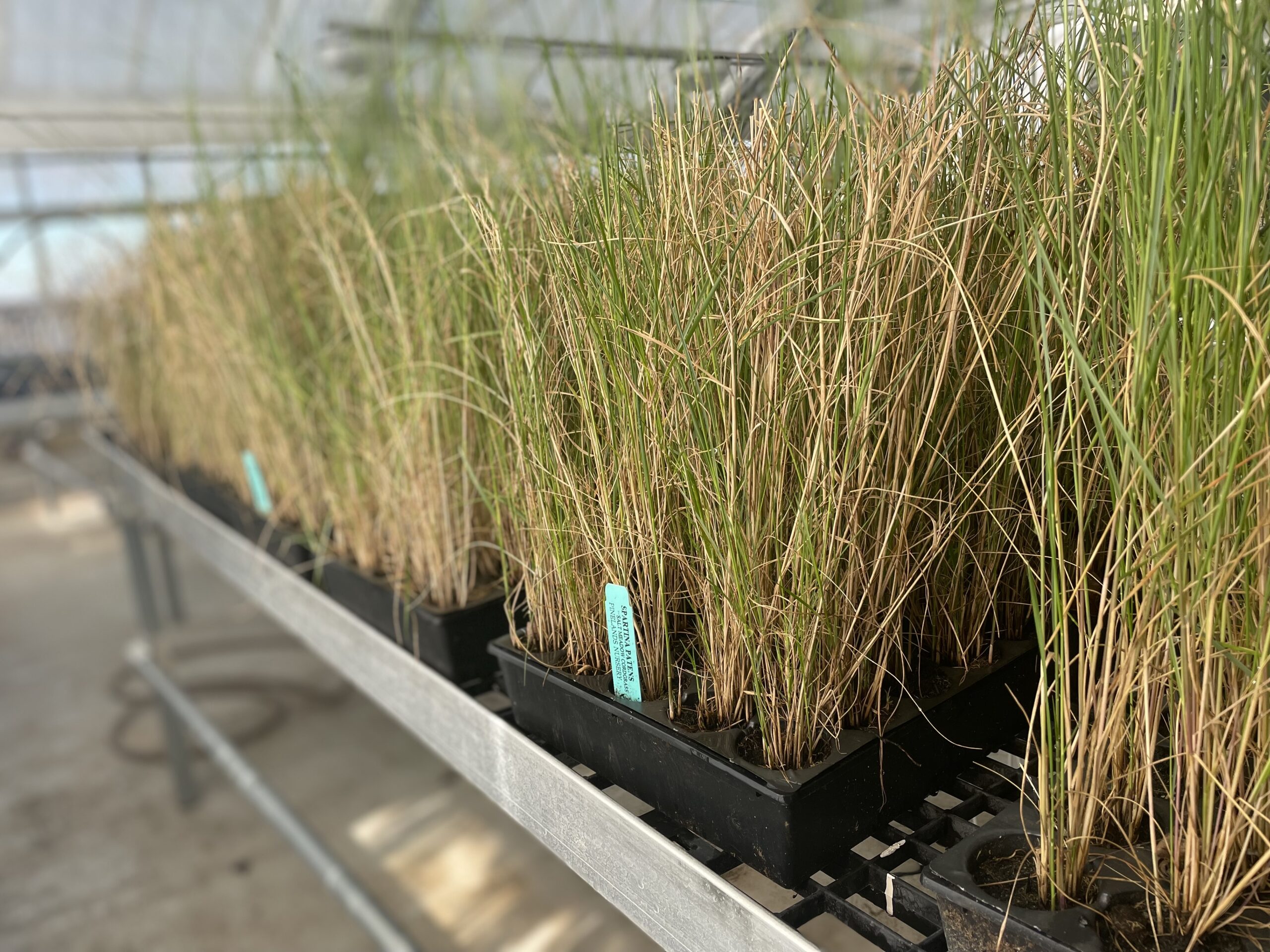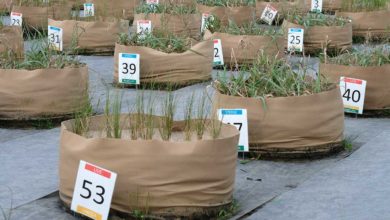We’re Setting Up a Research Project!
Previously, we discussed the considerations that come into play when finding funding for a research project, revealing that the Texas Sea Grant committed to supporting our upcoming project. However, we have yet to share the details of this endeavor!
In the soil under your feet, there is a rich microbiome of fungus and bacteria that influences the plants and landscape you can see aboveground. A healthy microbial community facilitates a healthy plant community by introducing nutrients to the soil, reducing competition between species, and minimizing the impact of environmental stressors; this results in a more diverse, productive plant community.
In dune ecosystems where erosion is such a prevalent issue, microbes are especially important. They not only support plant life but physically bind sand particles together with hair-like structures called hyphae, making it more difficult for the wind or water to carry them away.
However, the microbiome is dependent on a healthy plant community to subsist. In degraded dunes void of plant life, the soil is similarly barren. We hypothesize this is one reason restoration plantings fail. If we restored the microbial community alongside the plant community, would restoration efforts be more successful?
We have sampled the microbial communities of healthy dunes across the Texas coastline. We will be introducing small amounts of these, alongside native plants, to a series of restoration test sites located on degraded dunes. If the restoration areas that are supplemented with microbial amendments perform better than unsupplemented areas, it may indicate that the establishment of a microbial community is an important step in dune development.
However, the Texas Sea Grant’s mission is not simply to better understand our coastal resources but to improve the manner in which we use and cultivate those resources. Therefore, this project must be similarly two-pronged; we will not only investigate the nature of coastal dune plant communities but also build tools and pathways for the results of our research to be used in practical, restoration settings and to educate the general public. We will be sharing the most effective soil amendment with land managers and providing guidance on its application
Though we don’t have an inoculum to share yet, we’ve already gotten started with our education goal—with dunescience.com! Stay tuned for future blog posts exploring the science behind healthy dunes, updates from our work, and more!


